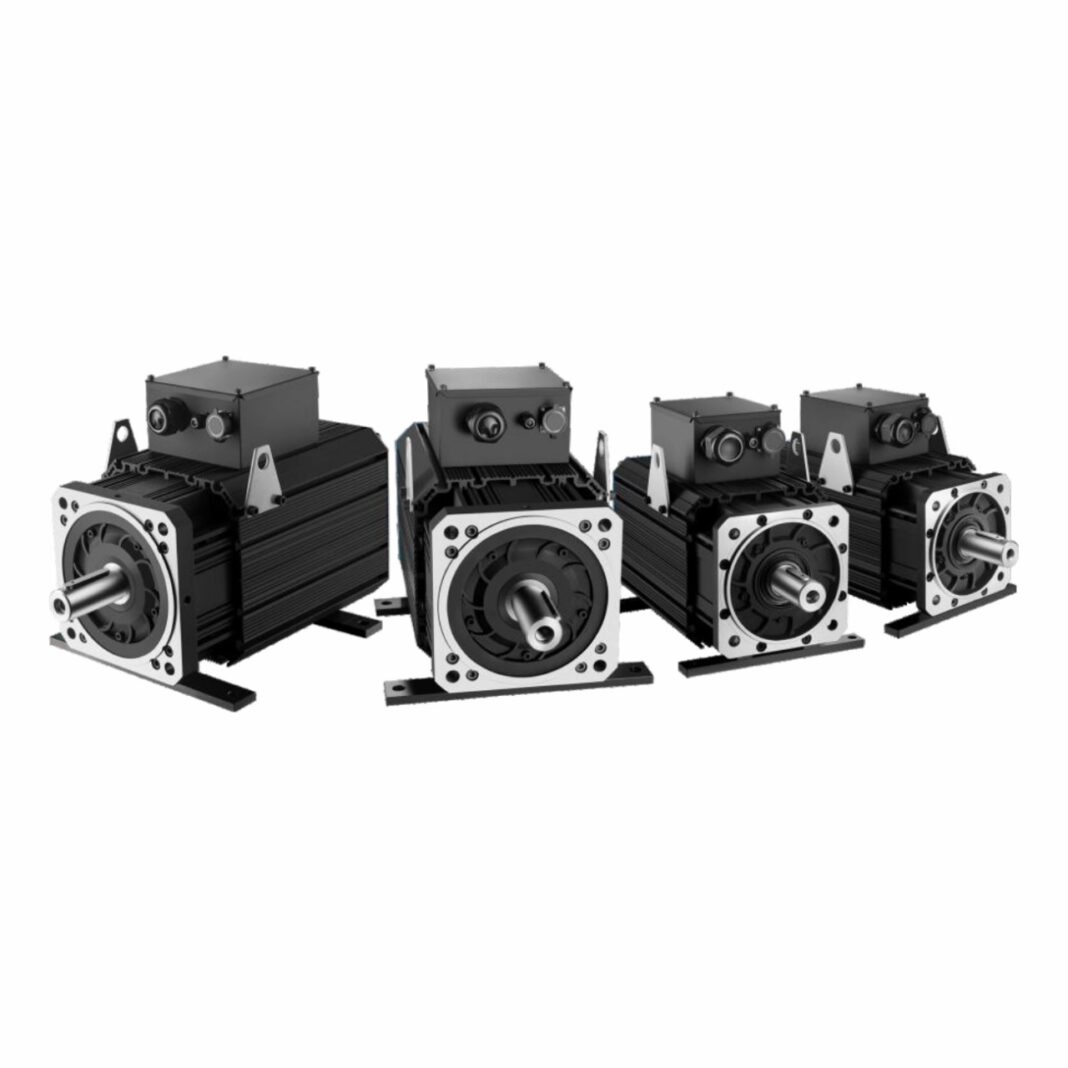When it comes to selecting the right motor for your application, choosing between a servo motor and a stepper motor can be a daunting task. Both motor types have their unique strengths and weaknesses, and the decision largely depends on the specific requirements of your project. This article will delve into the key differences between servo and stepper motors, guiding you through the process of making an informed choice.
Understanding Servo Motors
Servo motor are known for their precision, speed, and efficiency. These motors are equipped with a feedback system, typically using an encoder, which provides real-time information about the motor’s position, speed, and torque. This feedback allows for high levels of accuracy in applications that require precise control, such as robotics, CNC machines, and automation systems.
Key Features of Servo Motors:
- Closed-loop system: Servo motors operate in a closed-loop control system, where the motor receives continuous feedback, ensuring accurate movement and positioning.
- High torque: These motors are capable of producing high torque, making them ideal for heavy-duty applications.
- Fast response time: Servo motors can quickly accelerate and decelerate, providing fast response times for dynamic environments.
- Energy-efficient: Due to their precise control, servo motors only use the required amount of power, making them more energy-efficient than stepper motors.
However, servo motors tend to be more expensive and require more complex controllers, making them a better choice for applications where high precision is critical.
Understanding Stepper Motors
Stepper motors, on the other hand, are simpler and more affordable than servo motors. These motors move in discrete steps, meaning they rotate a specific number of degrees with each pulse of electricity. Stepper motors are commonly used in applications that require position control without needing feedback, such as 3D printers, laser cutters, and other low-cost devices.
Key Features of Stepper Motors:
- Open-loop system: Unlike servo motors, stepper motors do not require feedback for operation. This makes them simpler and easier to control.
- Cost-effective: Stepper motors are generally less expensive than servo motors, making them an attractive option for budget-conscious projects.
- Good for low-speed applications: Stepper motors excel at low speeds and are often used in applications where slow, controlled movements are needed.
- Stable holding torque: Stepper motors can maintain their position when powered, providing excellent holding torque for static applications.
However, stepper motors can struggle with high-speed operations and may lose steps if overloaded, making them less suitable for applications that demand high speed and accuracy.
Comparing Servo and Stepper Motors
1. Precision and Accuracy
Servo motors are the clear winner when it comes to precision. With their closed-loop system, they can constantly adjust and correct their position based on feedback, ensuring extremely accurate movement. Stepper motors, while decent for many low-precision tasks, can lose steps under heavy loads or at high speeds, which can compromise accuracy.
2. Torque and Speed
If your application requires high torque and speed, a servo motor is likely your best option. Servo motors can maintain high torque across a wide range of speeds, whereas stepper motors typically lose torque as speed increases. Stepper motors perform well at low speeds, but they may struggle to deliver the same level of performance in high-speed applications.
3. Cost
One of the main advantages of stepper motors is their lower cost. Stepper motors are generally more affordable and have simpler controllers, making them a budget-friendly choice for many applications. Servo motors, while more expensive, provide greater performance and efficiency, which can justify the higher cost for demanding applications.
4. Complexity
Servo motors require more complex control systems due to their feedback loop, which can increase the complexity of your project. Stepper motors, in contrast, are easier to implement, especially in simpler systems where precision is not as critical.
When to Choose a Servo Motor
You should consider a servo motor for your application if:
- High precision is required, such as in robotics, CNC machining, or automated systems.
- High torque and speed are necessary to handle heavy loads and fast movements.
- Energy efficiency is a priority, especially for applications that run continuously or for long periods.
- The budget allows for more expensive components in exchange for better performance.
When to Choose a Stepper Motor
A stepper motor may be the better choice if:
- Low precision is sufficient for your project, such as in 3D printing or basic positioning systems.
- Cost is a major factor, and you need an affordable motor solution.
- Low speed is required, and high torque is not essential for the application.
- Simplicity is preferred, as stepper motors are easier to implement and control without the need for feedback systems.
Conclusion
Choosing between a servo motor and a stepper motor depends on your project’s specific needs. If your application demands high precision, speed, and torque, and you have the budget for it, a servo motor is likely the right choice. On the other hand, if you’re working with a limited budget and don’t require extreme precision, a stepper motor can provide a simpler, more cost-effective solution.
Before making your final decision, carefully consider the demands of your application, including speed, accuracy, and cost, to ensure you’re selecting the best motor for the job.


